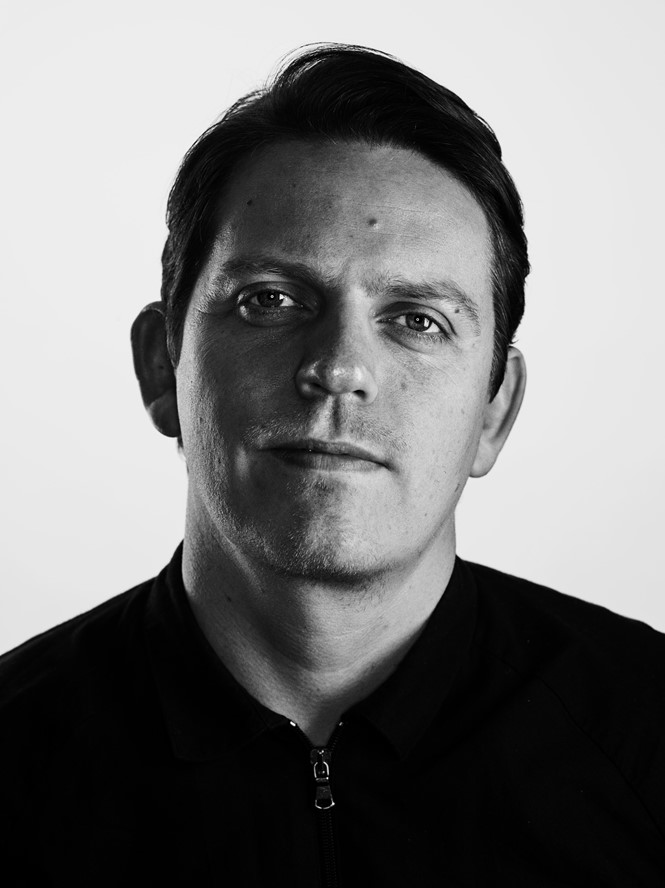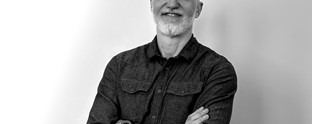Opinion: How can audio brands go beyond the 'bing bong?'

Audio branding should go beyond the 'bing bong,' says Roscoe Williamson. How can companies learn from the past and from their own sectors to craft a sonic logo that stands out?
Let’s rewind back to 1923. A smart American ad man named Sam Gale had just created the concept of the jingle. One of his clients, the cereal brand Wheaties, was struggling. With a brand presence in just a few US states and rapidly declining sales, only something short of a miracle could save it. Gale gambled on recording the seminal jingle, ‘Have you ever tried Wheaties?’ He tested it out on some Minnesota radio airtime and the results were staggering. Of the 53,000 Wheaties boxes sold in the subsequent months, 40,000 of them were sold in Minnesota. Spurred on with a newfound confidence, Gale bought up vast amounts of radio airspace all around the US and the dramatic increase in nationwide sales that followed, established Wheaties as a family favourite for decades to come.
By the 1950s, the American jingle era was in full force. Every product or service imaginable had jumped onto the jingle bandwagon. Uber-kitsch musical ditties were produced for everything from detergents to automobiles, beer, toothpaste and tobacco.
The result was carnage on the airwaves and a fatigued consumer. Jingles reached total saturation point and their effectiveness was all but lost. A slow and steady decline in popularity followed, to the point that in an audit of US advertising for the year 2011, there were only eight registered jingles.
At the end of last year we worked on a project for a leading global telecom. As part of our research into the new brand sound, we wanted to get a bird's eye view on how the competition around the world sounded. How were these brands reflecting their core values and visual identities through sound and music? Nearly every single one sounded identical. Plinky-plonky three to five note melodies underpinned by synthetic sounding instrumentation.
We created a medley of 15 of these sonic logos and played them back-to-back to our client. The result was an indistinguishable sonic logo apocalypse.
We see this trend across many industries and the lack of originality is alarming. However, this also offers up huge opportunities. When others zig, you must zag. These insights are invaluable when creating genuinely original sonic assets for brands.
Mark Twain once said, “History doesn't repeat itself, but it often rhymes.” This adage hit home when listening to that telecom medley. There is real danger to the old school model of sonic branding; the idea that you can slap a ‘bing bong’ on the end of your TV commercial and forget about it. Job done. Play it enough times and it will work its magic. No, not good enough. Consumers have reached saturation point and brands need to go deeper.
At its essence, the new school of sonic branding is not just about sonic logos. It is the process of a brand becoming fully conscious of how it sounds to the world.
There are an ever-increasing number of opportunities for brands to communicate with consumers through sound and music: in products, social platforms, digital, retail, across above the line communications and in our homes.
A successful sonic branding process not only creates a unique brand sound, but it helps awaken the brand to the true potential of these opportunities.
The consistent implementation of a fully conscious and genuinely unique brand sound across multiple touch points can be highly effective. Research from the universities of Leicester, Groningen and Goldsmiths have shown how the correct use of music and sound can greatly increase brand consistency, engagement, recall and differentiation; all of which can influence consumer behaviour over time.
You don't need a sonic logo to be able to do this. In many cases it is necessary, but for some of our clients such as the Premier League, there isn't a discernible logo. Instead we created a core musical DNA that is weaved throughout a collection of original music and sound design – adapted for different content and touchpoint needs. The effectiveness of this speaks for itself as we recently learned that the fans had lobbied EA Games to integrate the stadium version of the music into the latest update of FIFA 2017. This is earned brand value via sound.
I urge you to do as Gale once did nearly a century ago. Dare to be different. Create a unique reflection of your brand through sound and music. Roll out your sonic strategy as widely as possible and claim a space amongst your peers and competitors. Create a lasting and consistent sound ecology that is future proofed for years to come and your brand will reap the rewards.
Roscoe Williamson is head of branding at MassiveMusic London. MassiveMusic has been shortlisted in the 2017 Transform Awards Europe for its work with the Premier League.












